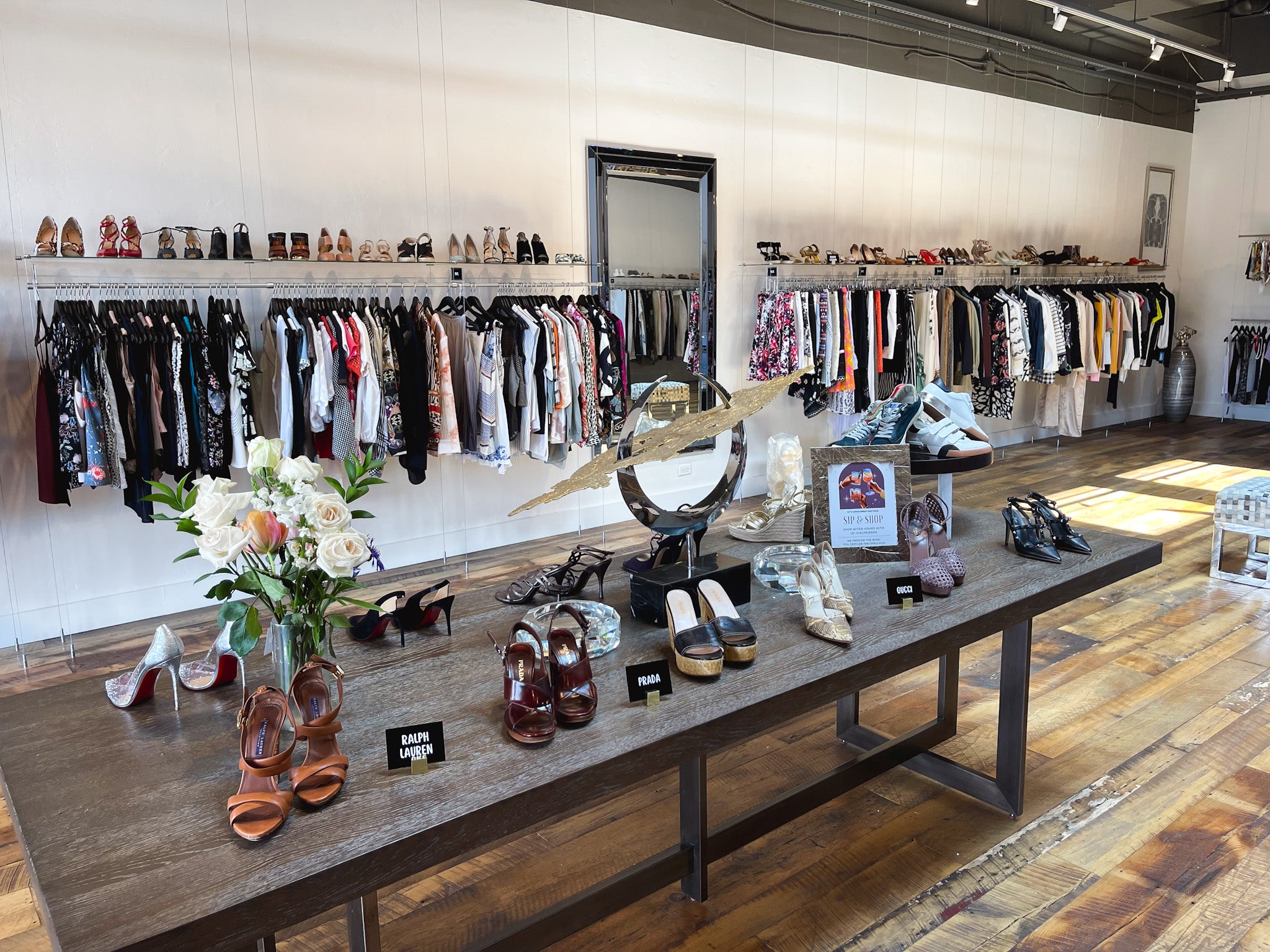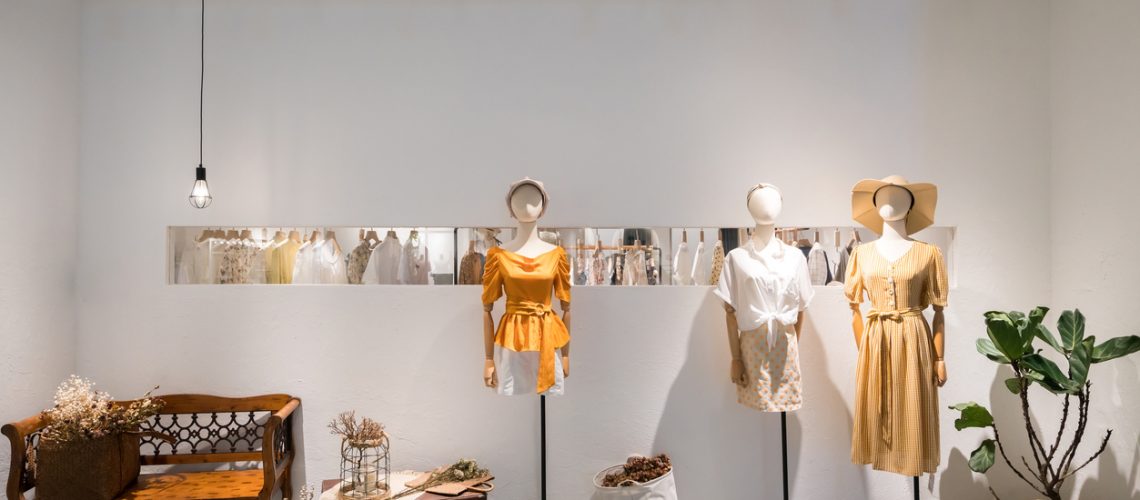The Effect of Social Media on Today's Boutique Fashion Trends
The Effect of Social Media on Today's Boutique Fashion Trends
Blog Article
A Deep Study the World of High-Fashion Runways: Recognizing Apparel as Art
High-fashion runways have actually arised as fields where apparel transcends its utilitarian beginnings, evolving right into an innovative type of creative expression. Developers, a lot like masterful artists, weave detailed stories via material, color, and form, redefining and challenging standard norms elegance criteria. These shows are greater than mere displays; they are immersive experiences, where every stitch and seam narrates rich with cultural significance and avant-garde advancement. As we explore these sartorial spectacles, we must contemplate: what duty does style play in shaping social worths, and just how does it mirror the ever-changing tapestry of human feeling and identity?
The Development of Runway Reveals
The trajectory of path shows has changed significantly over the decades, developing from unique sector events to fascinating eyeglasses that blend style with art. Traditionally, runway shows were intimate affairs, held in ateliers or little locations, mainly attended by customers and market insiders. These very early discussions focused on the garments' craftsmanship and business stability, using a sensible and straight screen of seasonal collections.
As the fashion business broadened, the nature of runway shows started to transform. The 1970s and 1980s marked a turning point, with designers looking for to distinguish themselves through more staged presentations. This period saw the surge of sophisticated collections, choreographed versions, and thematic narratives, heralding a new age where the runway ended up being an experiential platform. The shows changed into a kind of storytelling, where each collection conveyed a distinctive narrative or idea.
Over the last few years, modern technology and social media sites have better transformed runway programs, making them available to a global audience. Livestreaming and electronic platforms have actually equalized style, enabling enthusiasts worldwide to witness these occasions in real-time (boutique fashion). This advancement mirrors a wider social shift, where high-fashion paths function as a dynamic intersection of design, innovation, and efficiency
Designers as Dreamer Artists
Developers in the high-fashion sector have actually obscured the lines between functional garment production and the conceptual realm of art. By embracing artistic techniques such as sculpture, paint, and avant-garde setups, designers craft garments that test typical style norms and elevate them to art types.
Visionary developers attract motivation from a myriad of sources, consisting of abstract art, historic references, and individual stories. They possess a distinct capability to visualize and materialize ideas that press the borders of standard style, often redefining aesthetic paradigms while doing so. This innovative resourcefulness is showcased via significant silhouettes, cutting-edge products, and detailed craftsmanship, which invite customers to experience fashion as more than just wearable products.
Furthermore, the path functions as a canvas check my reference for these artists, where illumination, songs, and set style coalesce to produce immersive experiences. These presentations are not just screens of clothes but are orchestrated performances that evoke emotion and prompt thought, verifying the designer's duty as a real artist in the contemporary cultural landscape.
Social Impacts in vogue
Social tapestry weaves its complex patterns into the material of fashion, influencing designers internationally. The vibrant interchange of cultural stories, practices, and symbols notifies and inspires collections that elegance high-fashion paths.
The influence of culture on style is typically seen in the reinterpretation of typical garments and patterns. The usage of Japanese bathrobes, Indian saris, or African prints in modern style mirrors a mix of social credibility and modern aesthetic appeals. Designers such as Valentino's Pierpaolo Piccioli and Alexander McQueen's Sarah Burton have been recognized to include abundant social concepts right into their couture collections, equating background right into wearable art.

Development in Textile and Layout
Innovation in fabric and design regularly improves Clicking Here the landscape of high-fashion, pushing limits and redefining possibilities. Developers are increasingly discovering the assimilation of innovation, such as 3D printing, which allows for the development of complicated frameworks that were formerly unthinkable.
Moreover, sustainability has actually come to be a pivotal style in fabric advancement. The fashion business is observing a surge in the use of green materials, stemmed from recycled plastics, organic fibers, and even biodegradable components. These innovations not just supply new structures and aesthetics but likewise address essential environmental worries. Developers are embracing these materials to craft garments that are both conscious and visually striking of their ecological footprint.
In regards to style, experimental forms and progressive silhouettes are constantly revolutionizing the runway. By including non-traditional materials and sophisticated methods, designers grow garments that obscure the line between style and art, establishing new requirements for creativity and expression in the high-fashion round.
Influence of Fashion on Culture
Style wields an extensive influence on culture, offering as both a reflection of social identification and a catalyst for social change (boutique fashion). With its evolution, style has actually mirrored societal changes, encapsulating the zeitgeist of numerous ages.
Furthermore, style has the power to bridge social voids, promoting understanding and gratitude amongst diverse groups. As globalisation accelerates, the cross-cultural exchange of fashion ideas comes to be progressively substantial, promoting inclusivity and diversity. The increase of streetwear, stemming from city subcultures, highlights how fashion can transcend socio-economic boundaries, providing people a way of self-expression and empowerment.
In significance, fashion is not just concerning aesthetic appeals; it is a dynamic force that affects worths, mindsets, and social progress (boutique fashion). By constantly communicating with social Website and cultural currents, style continues to be an important part of the collective human experience

Final Thought
Designers, akin to visionary musicians, manage collections that reflect identity, feeling, and cultural narratives, testing typical looks. This intersection of fashion and artistry not just mesmerizes target markets worldwide yet also influences social understandings and advertises a much deeper appreciation for cultural variety.

Social tapestry weaves its complex patterns into the material of fashion, affecting designers worldwide.Style possesses a profound impact on culture, serving as both a reflection of cultural identification and a driver for social adjustment.
Report this page